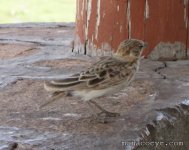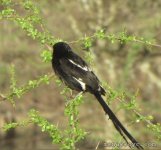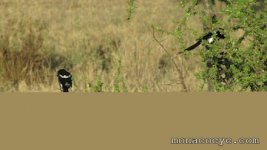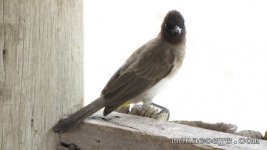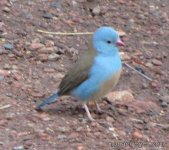George Edwards
Nom de plume
Here are the last of my friend's photos from Kenya and Tanzania, taken Nov 09.
#1 Amboseli, Kenya
#2 #3 Lake Victoria, Tanz.
#4 Serengeti, Tanz. - Dark-capped Bulbul ?
#5 Olduvai Gorge, Tanz - Red-cheeked Cordon-bleu ?
#1 Amboseli, Kenya
#2 #3 Lake Victoria, Tanz.
#4 Serengeti, Tanz. - Dark-capped Bulbul ?
#5 Olduvai Gorge, Tanz - Red-cheeked Cordon-bleu ?




